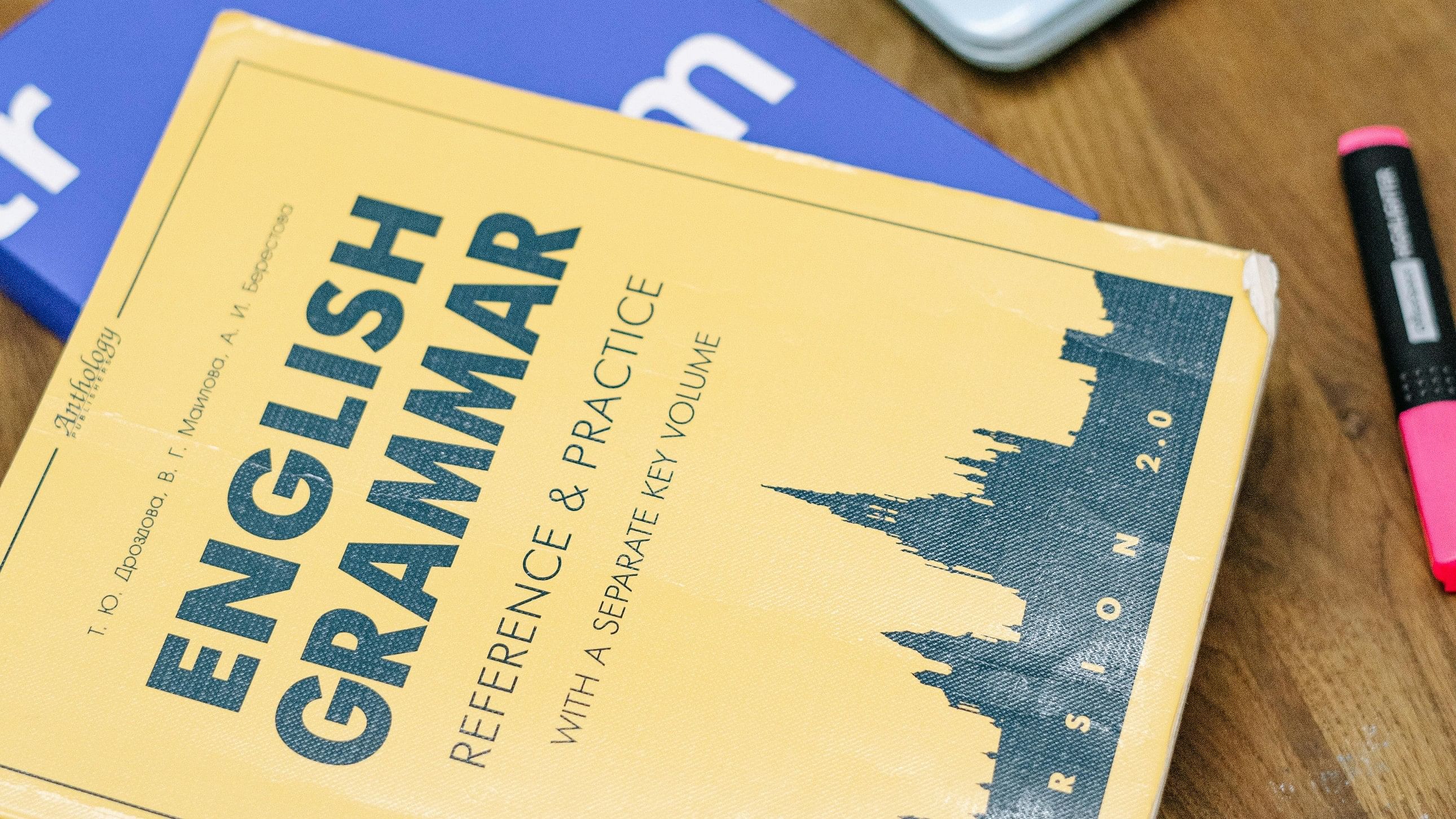
Grammar rules. Representative image.
Credit: Pexels
You know, it is the damnedest thing. I write columns and blogs on a weekly basis. I have been doing it for several years. You would have thought I would be more than adept at knowing where to place punctuation marks at the beginning, end, and in-between sentences. It is not exactly rocket science. Anyone with even a rudimentary knowledge of the language will know where to place a full stop.
Commas do not bother me either, and the same goes for exclamation marks. Single quotes, double quotes, hyphens, dashes, and apostrophes, I can face with equanimity. You want to be careful with apostrophes when you are dealing with the singular and plural—"my friend’s parents” is quite different from “my friends’ parents.” Notice how single and double quotation marks insinuate themselves into those phrases. I shan’t belabour the point. I hear you muttering irascibly, so what was this ‘damnedest thing’ I opened this piece with?
Let me put you out of your misery. I am damned if I know what to do with colons and semi-colons. They are the very devil. I have written lengthy articles with full stops and commas, not to mention inverted commas sprinkled all over the page like some foul rash, and nary a sign of a colon or semicolon. I agonise. People will think me semi-literate, I fret. I go through the whole piece once again with the proverbial fine-tooth comb and scatter the odd colon here and a semi-colon there. Just to show there’s no ill-feeling. Their placement has little to do with logic. A comma or a dash had to be sacrificed. Needs must. Wren & Martin’s needs.
What is more, it’s happening again. Two substantive paragraphs have been completed, and I am still grasping at straws, wondering where I can force a colon in, and I still can’t buy a semicolon for love or money. Out of sheer desperation, I approached thesaurus.com for enlightenment, and their studious response was, ‘The colon and semicolon are two punctuation marks with similar names that often cause a lot of confusion.’ Really? Tell me about it. Thesaurus continues, ‘A colon is a punctuation mark that resembles two vertical dots (:). A semicolon is a punctuation mark that resembles a dot over a comma (;).’ So that’s what it is! Mystery solved. If you include the bracket signs, you can do smileys, but we will let that pass.
Seriously though, I do Thesaurus a disservice. They do amplify. Apparently, a semicolon is used to join related independent clauses together in the same sentence without a conjunction. Whereas a colon is more versatile: it can connect two related sentences: it can fool around with the time 7:30 pm, express ratios 3:1, or guide you to Biblical passages like Deuteronomy 2:16. Gosh, I have finally got the hang of it. Next time, I will be shooting colons and semicolons from the hip. Watch out.